“Miso” is indispensable in Japanese daily life with so many dishes such as: miso soup, of course, simmered mackerel, miso nikomi udon and miso ramen… Although miso is widely used, how much do you know about its “types”? Normally, the two most known are “red miso” and “white miso”, but there are various types depending on the raw materials and the amount of koji. Let’s take a look at “Kinzanji Miso” and find the difference between it and “Moromi Miso”.
What is Kinzanji miso?
Kinzanji miso is a kind of miso produced mainly in Chiba, Shizuoka, and Wakayama prefectures. Since Kinzanji miso was a preserved food for eating summer vegetables in the winter at the temple, it contains white melon, eggplant, perilla, ginger, etc., and is not used as a seasoning, but as a side dish or as a side dish with sake.
To begin, locals divide the roasted soybeans into pieces. Next, they use barley to produce koji, combined with rice koji, salt, pickled gourd, eggplant, ginger, and perilla. Finally, the mixture is to develop for about three months before being sealed. Locals designated it as an excellent souvenir recommended by Wakayama Prefecture, and also treated it as a special product and recommended souvenir in Chiba Prefecture.
Kinzanji miso History
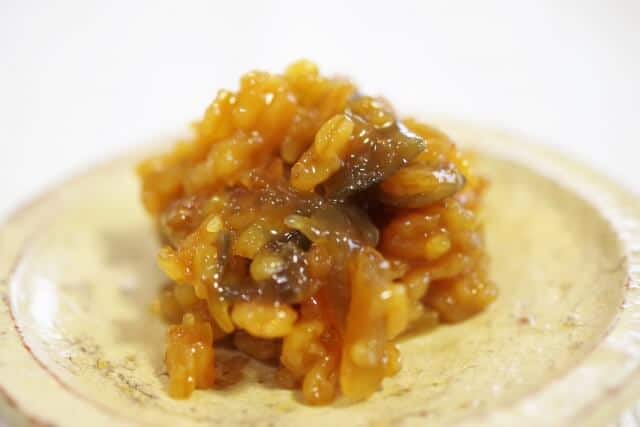
There are various theories about the origin of Kinzanji miso, but the most likely one is that they introduced the dish to Kokokuji Temple in Yura Town, Wakayama Prefecture.
In the Kamakura period (1249), Hoto Kokushi, who traveled to the Song dynasty (now China), brought back “Kizanji miso” to Japan and introduced the manufacturing method. Hoto Kokushi is the monk who built Kokoku-Ji Temple in Yura-cho. After that, they introduced it on Yuasa-cho and other areas where transportation was convenient and the water quality was suitable for making miso soy sauce.
In addition, when Kukai (Kobo Daishi), the founder of the Koyasan Shingon sect in Wakayama Prefecture, entered Tang China and studied as an envoy to Tang China (entered Changan in November 835), he brought it back from the Kinzanji Temple in Tang China. There is a theory that it was used as food for monks and later spread to various places by monks in training.
Kinzanji miso Recipe
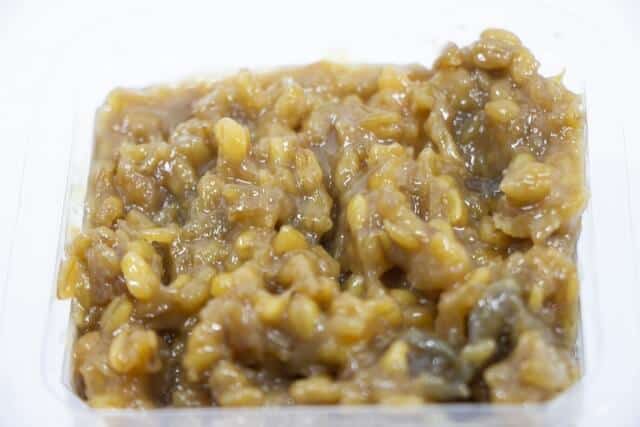
Kinzanji miso Ingredients
| Ingredients of Kinzanji miso for 5 persons | Measurements |
|---|---|
| Kinzanji Koji | 800g |
| Vegetables (white melon, eggplant, ginger, perilla, etc.) | 400g |
| Sugar | 300-350g |
| Salt | 125g |
| Shochu | 100g |
| Starch syrup or honey | 100g |
How to make Kinzanji miso
Cut the eggplant, ginger, and shiso. Remove the seeds from the eggplant, finely chopped the ginger, and you can cut off the stem from the shiso leaves.
Put Kinzanji Koji and salt in a bowl sterilized with shochu (not listed) and mix evenly by hand. Also, add sugar and mix.
If you like it sweeter, reduce the sugar to 250g and add 120g of starch syrup or honey.
Add all the chopped vegetables and mix. Mix half of the shochu and place it in a container sterilized with shochu, remove the air from the top by hand, cover with an inner lid.
Place in a dark place to ripen. It is ready to eat: 40-60 days later and you don’t need to stir or flip.
When finished, first scoop out the Kinzanji miso tamari and then remove the inner lid.
If you remove the inner lid without removing the soup, the soup will return to the miso and become soggy.
How to eat Kinzanji miso?
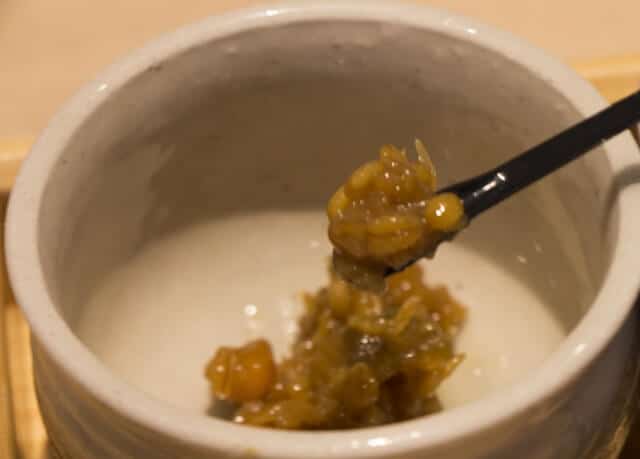
Kinzanji miso is the perfect side dish to accompany rice. In particular, Kinzanji miso has always been the only side dish served with cha-gayu, a staple of the Kishu dining table. It goes well with light raw vegetables such as cucumbers, lettuce, and celery. When you put it on fresh vegetables with a crisp texture, the grains of miso and umami will cling to it, and the sweetness will become addictive.
Difference between kinzanji miso and moromi miso
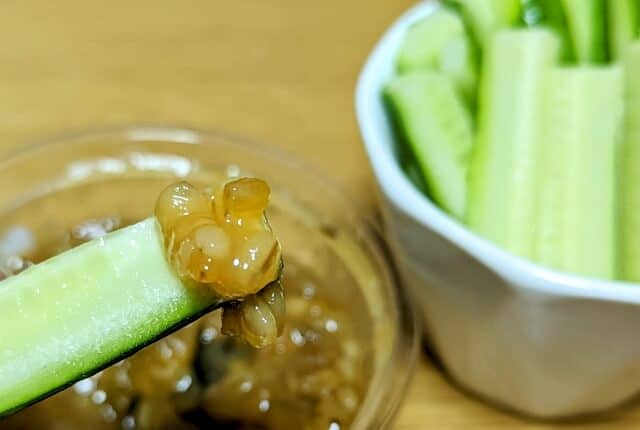
Both moromi miso and kinzanji miso are classified as “name miso”. Both are “moromi miso”, but they are divided into ” moromi miso” and “kinzanji miso” depending on whether they contain vegetables or not. Locals served the moromi miso with raw vegetables or rice as a side dish, but they eat the Kinzanji miso as a side dish or as a side dish with sake.
Where to buy Kinzanji miso
Kakiuchi Miso Store Co. (垣内みそ本店)
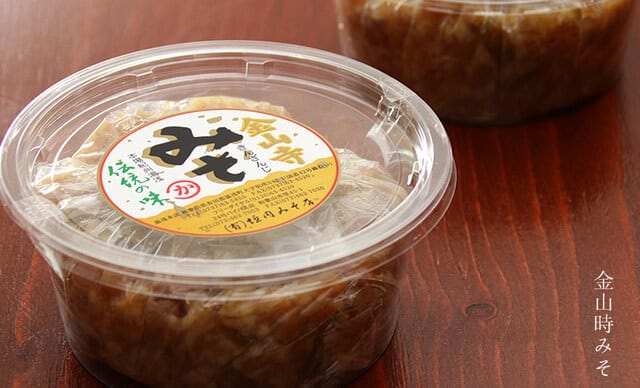
The gentle sweetness of the ingredients fills your mouth and the umami of the vegetables with a strong presence. A traditional taste that is easy to eat even for first-timers. Kinzanji miso becomes a side dish miso. Serve with rice, ochazuke, cucumber, lettuce, etc., and enjoy as is. It goes well with chirimen and grilled fish.
Ogawaya Misoten (小川屋味噌店)
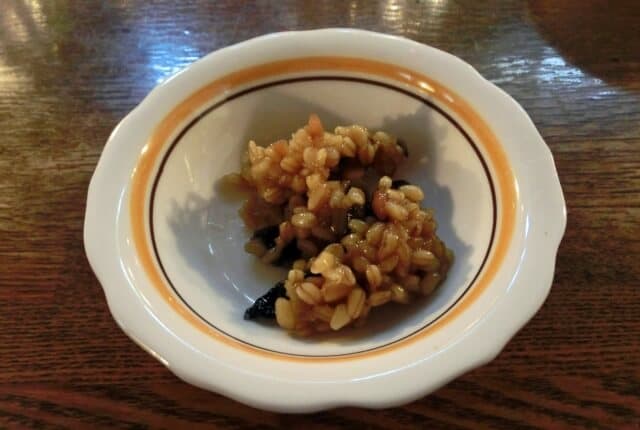
Ogawaya Misoten was founded in the Edo period. Their kinzanji miso is a versatile miso that goes well with a variety of ingredients. They put it on fresh vegetables with a crisp texture, the grains of miso and umami will cling to it, and the sweetness will become addictive. To go with sake, scoop it up little by little with your chopsticks and lick it a little. It has just the right amount of saltiness and umami to go with sake.
Suzuki Kikoukiya (鈴木こうじ店)
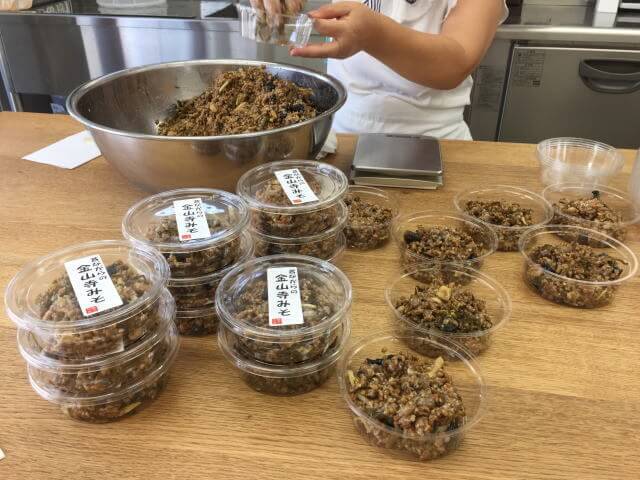
In this shop, they make high-class miso with a koji ratio of 12. It is a super-luxury dish made with domestic white soybeans and handmade rice malt, and the salt is sun-dried. You can take home the miso you prepared. They also sell raw koji, homemade additive-free raw miso, non-alcoholic sweet sake made with koji, and unusual salt koji.
Takeaway
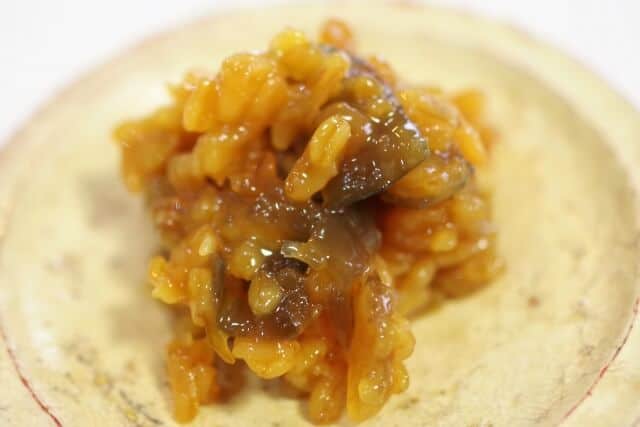
The most distinctive feature of Kinzanji miso is that the Japanese eat it as is, rather than being used as a seasoning. Originally, it was a preserved food for eating vegetables such as eggplant, shiso, sardines, and ginger in winter. It has a sweet and deep flavor of miso, and it goes well with rice. The texture of soybeans, barley, and other vegetables makes it more like a side dish than miso.
There are other miso-based dishes that the Japanese have, you can try their Miso Nikomi Udon and Aomori Miso Curry Milk Ramen




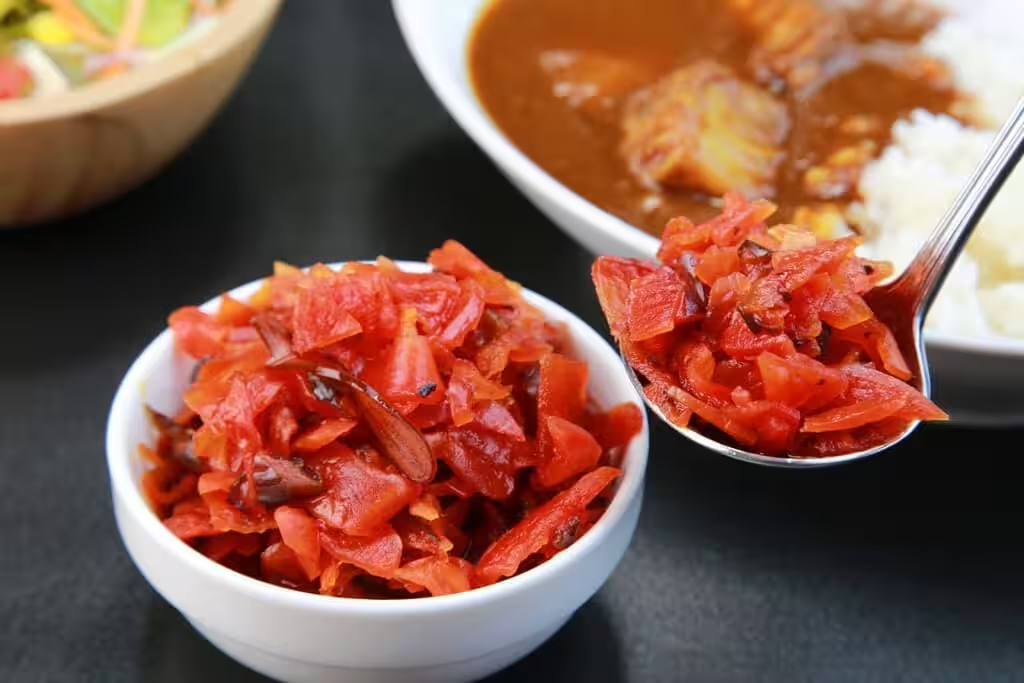

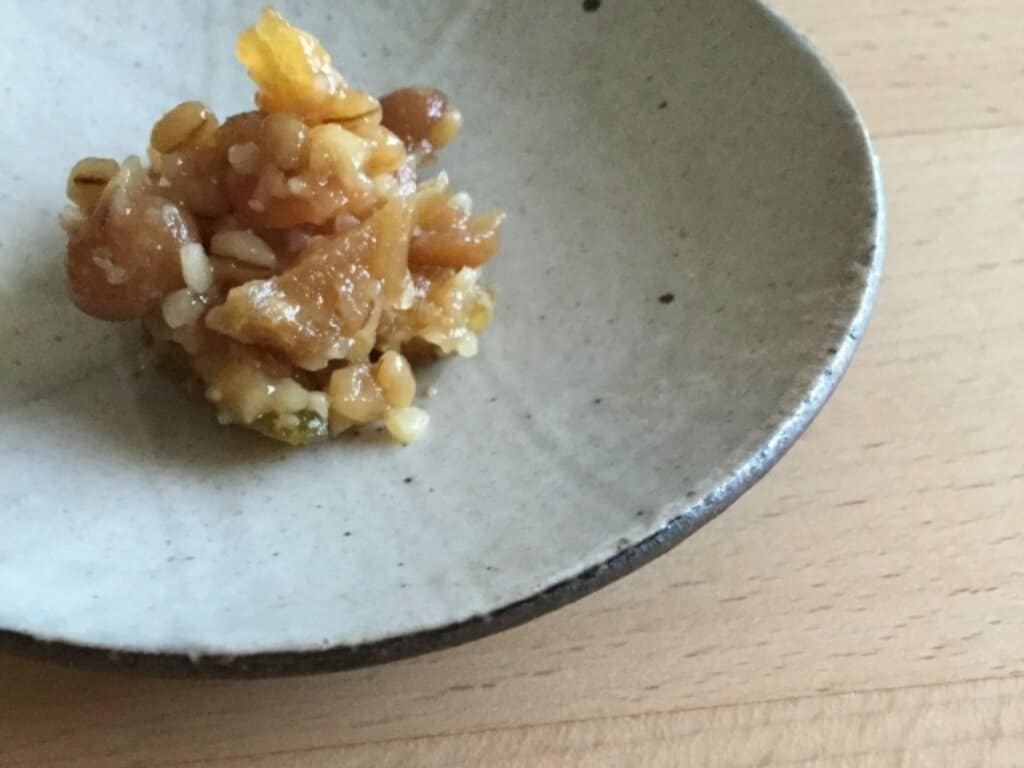
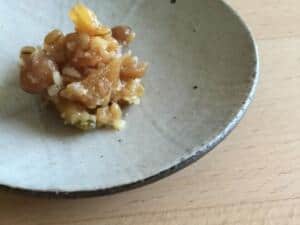
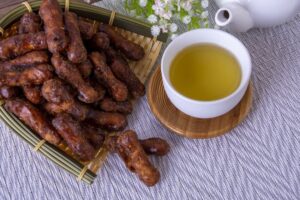
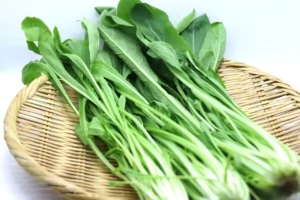
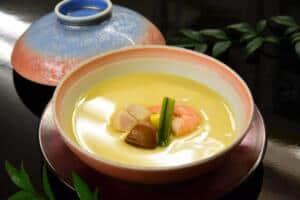
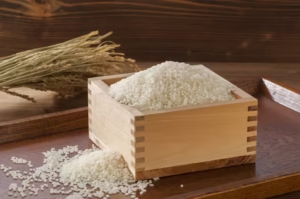
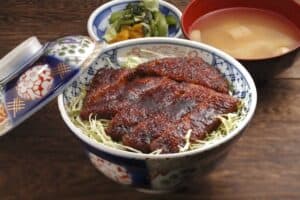
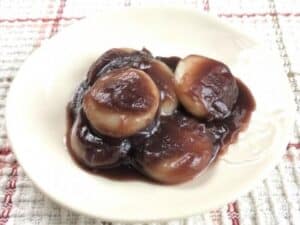
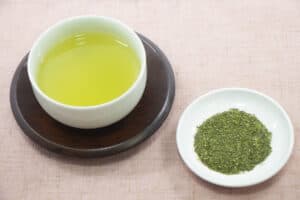
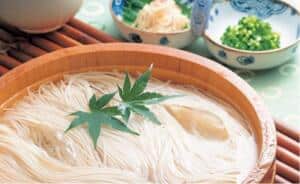
Comments